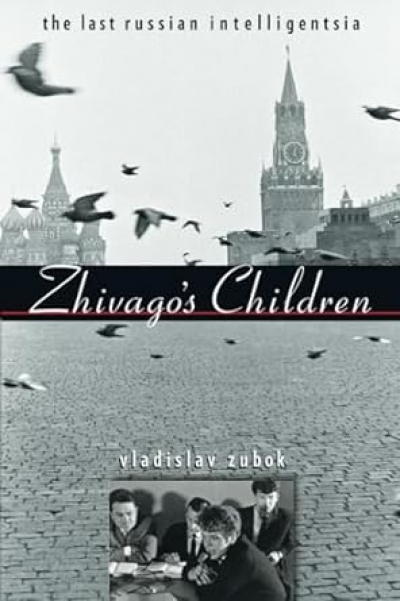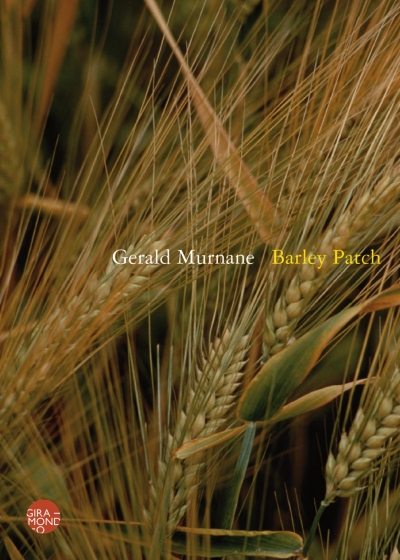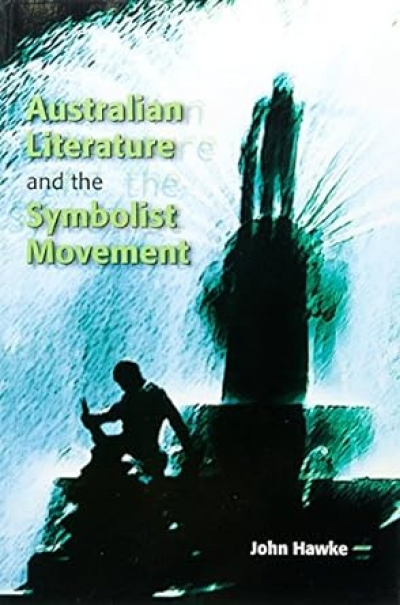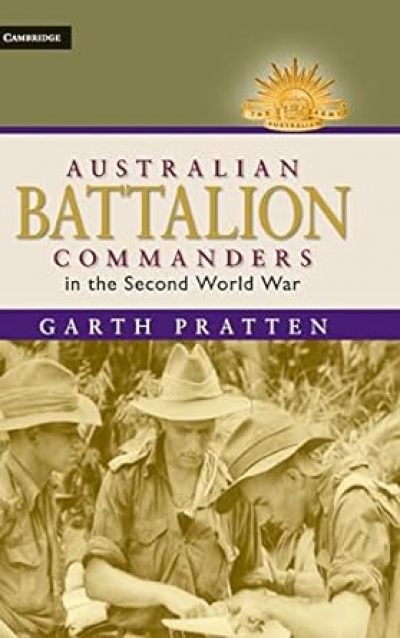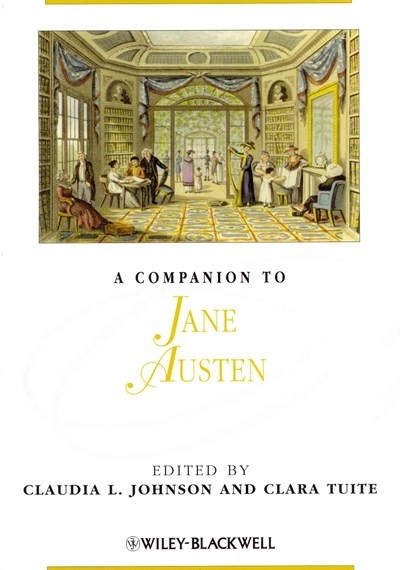Archive
There is a timeless quality about some Australian authors that causes one to applaud when discerning publishers revive their work for new generations of readers. Wakefield Press’s reissue of Alan Moorehead’s The Villa Diana, first published in 1951, presents this fecund author’s book of essays, now subtitled ‘Travels in Post-war Italy’ ($24.95 pb, 224 pp, 9781862548459). It provides a neat introduction to Moorehead’s famous camera-like eye and his beguiling prose, which, as one commentator put it, offers ‘a long conversation that you wish would never end’.
... (read more)Zhivago’s Children: The Last Russian intelligentsia by Vladislav Zubok
by Judith Armstrong •
Cyril Hopkins’ Marcus Clarke edited by Laurie Hergenhan, Ken Stewart and Michael Wilding
by Susan K Martin •
At the moment, my hero is Rimbaud’s self in his Les Illuminations. Who knows who it will be tomorrow? And my heroine? Always Lo.
... (read more)Crossing Cultures: Conflict, migration and convergence. The proceedings of the 32nd International Congress of the History of Art edited by Jaynie Anderson
by Patrick McCaughey •
Australian Literature and the Symbolist Movement by John Hawke
by Jeffrey Poacher •
Australian Battalion Commanders in the Second World War by Garth Pratten
by John Connor •
A Companion to Jane Austen edited by Claudia L. Johnson and Clara Tuite & Jane’s Fame by Claire Harman
by Penny Gay •


